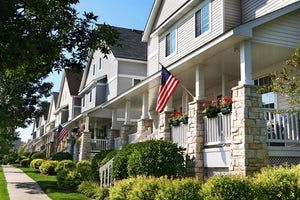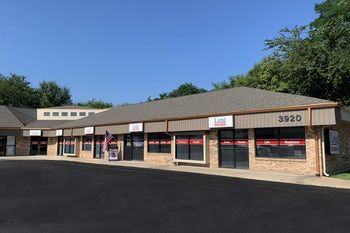Conduct regular inspections of your hardscaped areas.
Cobblestone or interlocking paver driveways or sidewalks can be an attractive addition to your property, providing an architectural element not possible with cement or blacktop; however, cobblestone features may require additional maintenance.
Perhaps more than standard concrete or blacktop, cobblestone walkways and parking lots are subject to the ravages of weather, time and excessive use. Cobblestones can break, sink, heave or become dislodged, creating hazardous walking conditions, from:
- settling
- the natural freeze/thaw cycle
- tree roots
- frequent use by heavy, wheeled carts or vehicles
- snow shovels or plows
The hazards from heaved or broken or missing cobblestones run the gamut from trip-and-fall occurrences to rolled ankles, resulting in serious injuries.
Recognized hazards in good weather and daylight can become hidden traps in poorly lit nighttime conditions or when concealed under autumn leaves or winter snow.
To reduce risks to your customers and employees, remember to:
- Conduct regular inspections of cobblestone areas, looking for missing, broken, loose, sunken or upward heaved stones. Have these inspections, and any necessary repairs, performed by a qualified, preferably certified, hardscape landscaper.
- Assure that your contract with the hardscape landscaper contains a warranty and a requirement that the contractor carries commercial general liability with completed operations coverage that remains in effect for at least two years.
- Erect barriers or place warning signs in the area to alert customers and employees of the hazard until repairs can be made.
One place to help find certified hardscape landscapers is through the Interlocking Concrete Pavement Institute’s “Find Products & Contractors” web page.










